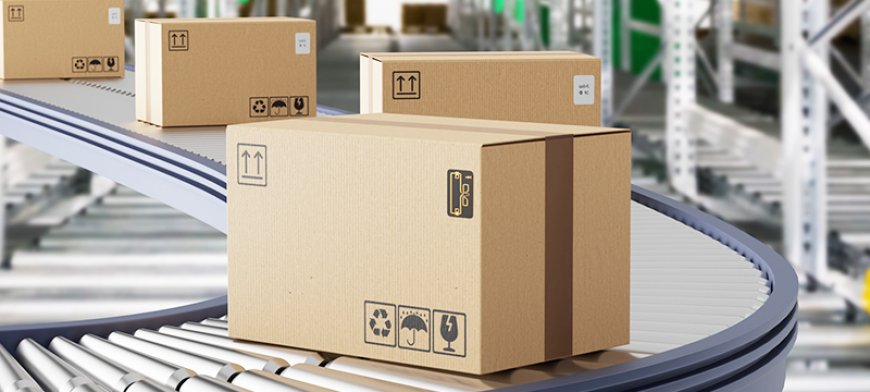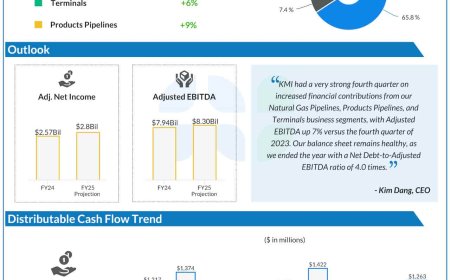How are smart labels going to transform supply chains and shipment tracking?
By Sharath Muddaiah, Head of Global Portfolio Strategy for IoT Solutions at Giesecke+Devrient (G+D). According to KPMG’s predictions for 2024, “smart” supply chain management was “well on its way to becoming the new normal”, helping provide greater visibility, transparency, and traceability across supply chains. In other words, a raft of technology developments – from generative ... The post How are smart labels going to transform supply chains and shipment tracking? appeared first on IoT Business News.

![]()
![]()
According to KPMG’s predictions for 2024, “smart” supply chain management was “well on its way to becoming the new normal”, helping provide greater visibility, transparency, and traceability across supply chains. In other words, a raft of technology developments – from generative AI, to automation, to IoT – hold the key to supply chains becoming more resilient.
Given the events of the past 12 months, this belief has been crystalised even further; whether it is trade tensions hampering the movement of vital technologies like semiconductors or extreme weather events impacting production lines, global supply chains continue to be fraught with complexity, fragility, and disruption.
Engendering more resilience across supply chains must continue to be top of mind as we head into 2025, and the role that new and emerging technologies play has never been more important.
As organisations seek to find greater visibility and transparency, and thus become more resilient, smart labels are emerging as a core solution, particularly in areas such as shipment tracking and the traceability of high-value items.
Secure, end-to-end visibility
Modern-day supply chains are built on low cost and efficiency, relying on “just-in-time” delivery of parts and finished goods. The pandemic exposed the fragilities of this system, such as adapting to the surge in demand for electronic components and shone a light on one of its main difficulties: blind spots and a lack of visibility.
It’s impossible to mitigate every disruption across complex, globalised supply chains. However, if organisations can identify any potential risks in advance, then they will be able to act much sooner. Visibility begets preparedness, which begets greater resilience.
Smart labels are a key mechanism for achieving the required visibility and transparency. With smart labels, any package can become an IoT device. Small, credit-card-sized labels activate instantly with a peel, requiring no extra infrastructure or maintenance. Designed for simplicity and ease of use, they bring advanced security to every parcel, integrating innovative technology into everyday logistics.
No data silos here
One of the key reasons why smart labels have the potential to be so transformative to supply chain transparency is their capacity to break down data silos.
Data has always been one of the core challenges facing effective supply chain management. Supply chains often have a complex set of stakeholders, using multiple systems, and arguably the rise of new technologies such as IoT has compounded the issue. As a result, data silos and fragmentation have become more entrenched.
However, a huge benefit of smart labels is that they empower every participant within an ecosystem to work with a unified data set. For instance, previously, a logistics company in South America might have relied on a completely different information set than a counterpart in Europe. However, with tracking devices, shared services have become a reality. Data is no longer siloed within individual companies but is generated and accessed through shared devices. This approach allows companies to pinpoint accountability for delivery issues and make informed business decisions.
Endless use cases
Taking all of this together, the potential for smart labels to disrupt and transform different industries is numerous. For example, the market size is extremely interesting for parcel and shipment tracking devices. ABI Insights projects up to 1.5 million devices in the EU and USA alone by 2025, growing towards 15 million devices by 2028. There is also potential in certain sectors, such as agriculture, food and beverage, and in keeping track of high-value assets.
As an example: imagine the process of distributing large boxes of new smartphones from a central warehouse to a Mobile Network Operator’s (MNO’s) retail shops across the globe. If boxes go missing, or there are delays, this can be a huge financial loss for MNOs. By using smart labels, MNOs would have the ability to manage and monitor these assets in transit, including being alerted to any signs of tampering, before being alerted to their safe arrival.
This level of transparency, visibility and security is simply not possible through any other technology than a smart label due to its discretion. Also giving the users the ability to manage risk, anticipate disruption and build resilience in ways that haven’t been possible before.
Challenges ahead
Yet, there are still plenty of room for development and challenges to overcome if the technology is to scale effectively and its potential to be fully realised.
Sustainability, for example, will likely become a greater focus as the technology becomes more popularised and use cases continue to grow. Reusability will be a central focus and so will harnessing the technology to deliver valuable insights, such as data on CO2 emissions from different transportation methods. In turn, this may help empower enterprises to make more sustainable decisions and improve their footprint.
On a similar theme, ensuring battery life is optimised is key for the technology to scale. Emerging technologies such as 5G LPWAN, alongside other advancements, will remain essential for ensuring consistent and reliable connectivity in the future. Additionally, BLE technology and satellite based connectivity has demonstrated positive signs to potentially cover any white spots.
Supply chains will never be completely free of blind spots, but smart labels will become a key force in baking more transparency into globalised supply chain. 2025 will certainly be a crucial year in the smart label story.
The post How are smart labels going to transform supply chains and shipment tracking? appeared first on IoT Business News.










































